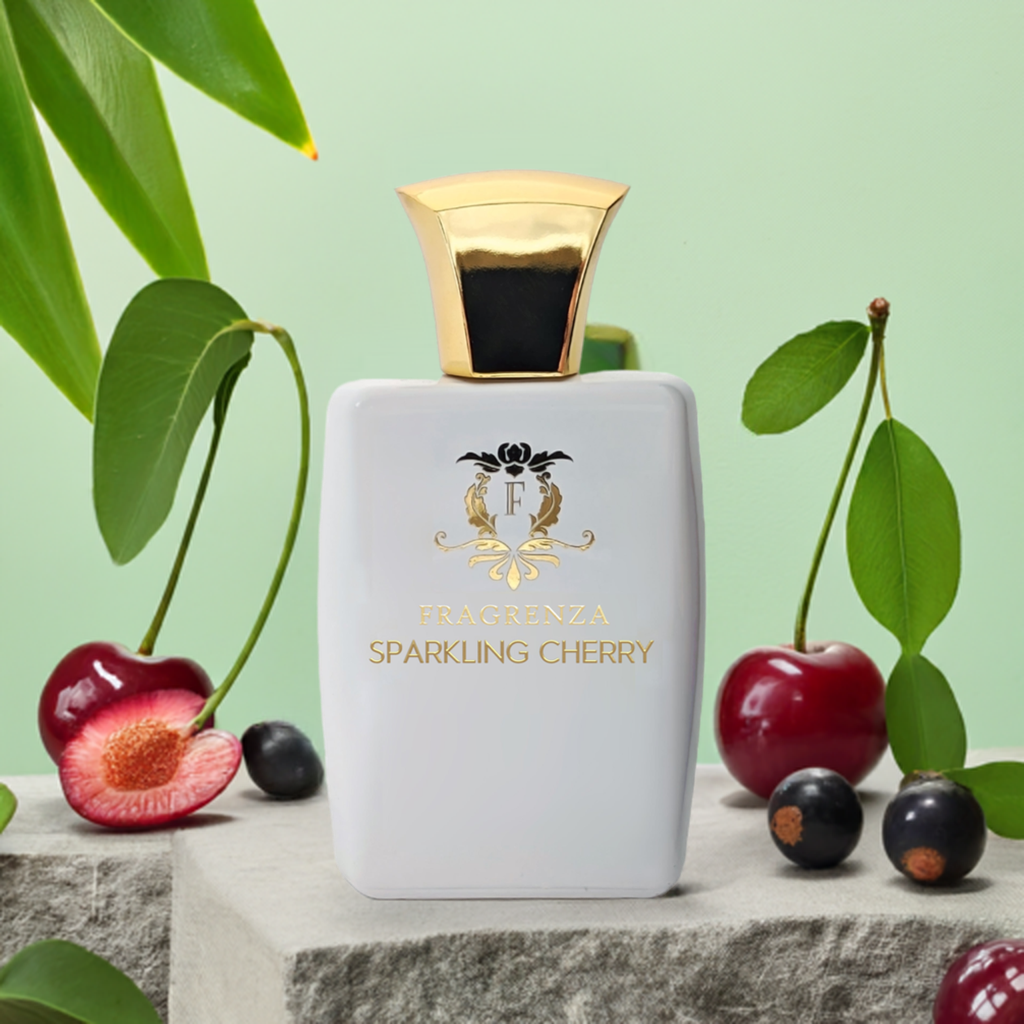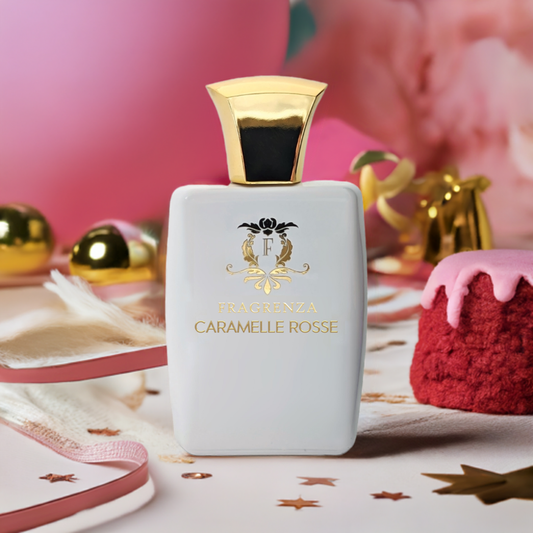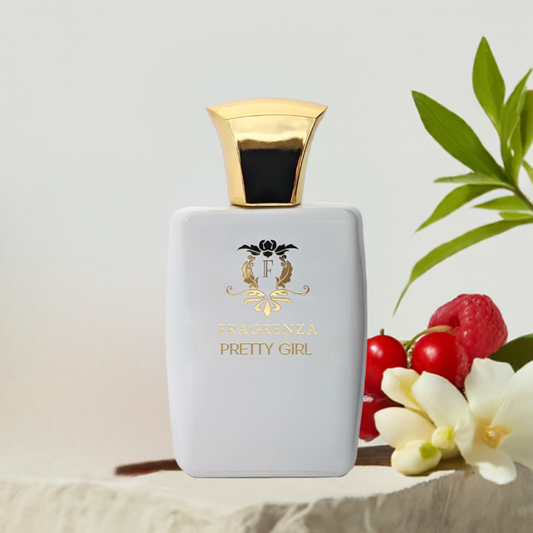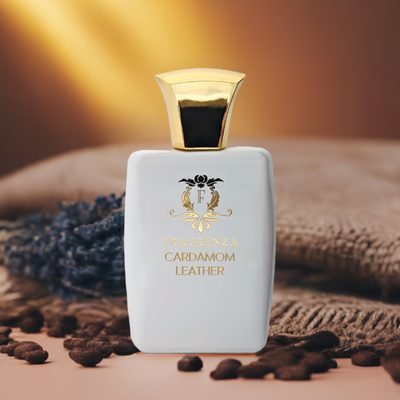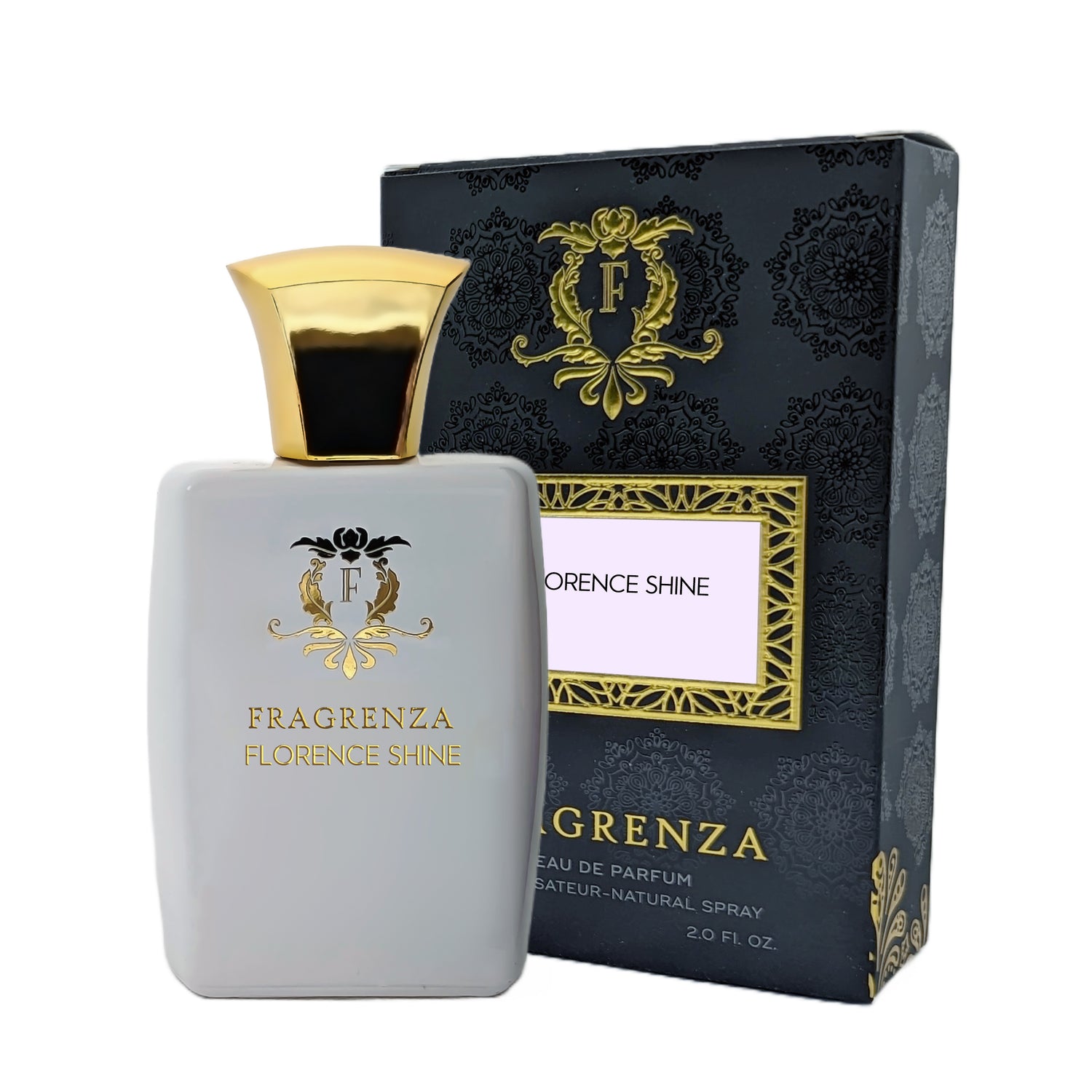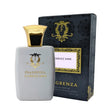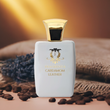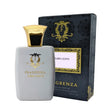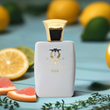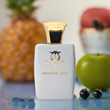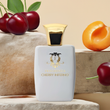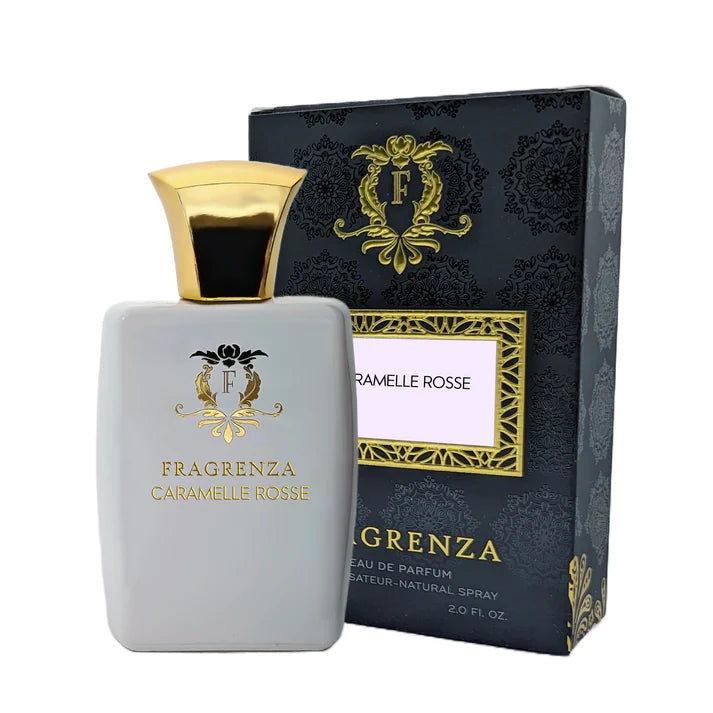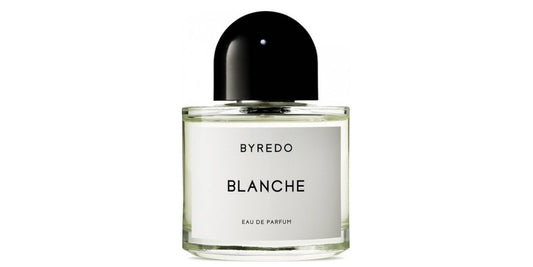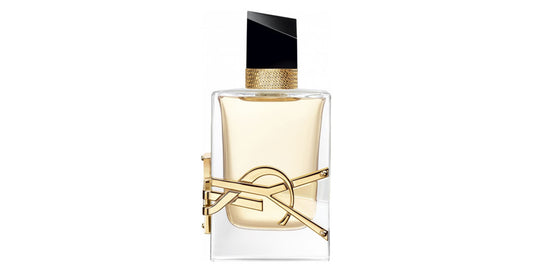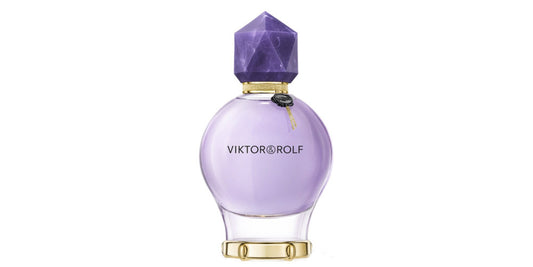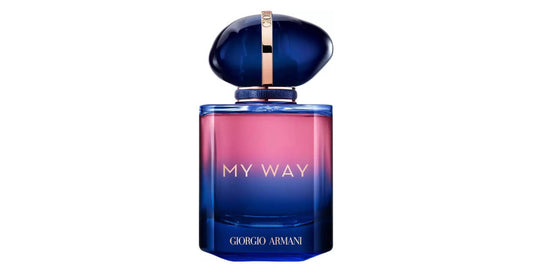Leather in perfumery
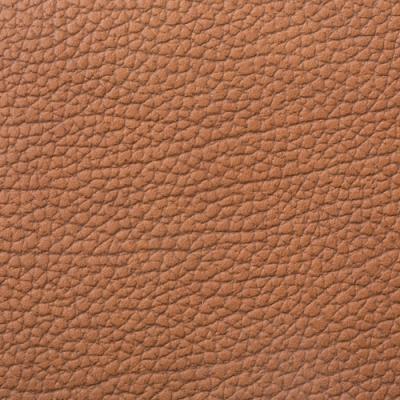
In This Article
Leather, a Seductive Scent
Historically, leather carried a smoky scent due to the tanning process involving burnt birch bark. Leather exudes notes of tar, tobacco, and sensuality, along with dry and distinctive tones. The leather olfactory family presents a candid and atypical fragrance. Leather accords can be categorized into animal leather, smoked leather, supple leather, rich and round leather, Middle Eastern leather, and indulgent leather such as red leather. The golden era of leathery perfumes ranges from 1920 to 1970, with Chanel's iconic Cuir de Russie in 1927 as a notable example. For many, this perfume evokes the scent of leather boots worn by Russian soldiers.
Olfactory Pairings in the Leather Family
With its numerous facets, leather can be combined with various olfactory families. It is frequently found in woody, chypre, and amber blends, but can also be a surprising element in an aromatic fragrance like Jules by Christian Dior. In this instance, leather serves as a base note, accompanied by oakmoss and tonka bean. Jules is perceived as a bold and full-bodied fragrance. Initially, due to its imposing and even animalistic scent, leather was primarily incorporated into men's perfumes. Today, women also enjoy fragrances with leather notes. Among the most renowned feminine perfumes featuring leather are Cuir Béluga by Guerlain, Kelly Calèche by Hermès, and Cuir de Lancôme by Lancôme. In these perfumes, leather is combined with floral notes such as jasmine, lily of the valley, rose, narcissus, or ylang-ylang.
Originally derived from animal skin, leather has withstood the test of time since the scented gloves of Catherine de Medici. Predominantly found in men's fragrances, leather has captivated women's hearts as well. It expertly blends with woody, amber, chypre, fruity, aromatic, or floral notes. Nowadays, leather notes are experiencing a resurgence, bringing with them the noble materials of perfumery.
Fun Facts About Leather Fragrances
- Leather scents were first popularized in the 16th century with the creation of scented gloves, which were fashionable among European nobility.
- Leather notes are often recreated using birch tar, cade oil, or styrax, which mimic the smoky and animalic aspects of traditional leather.
- Tom Ford's Tuscan Leather is a famous modern leather fragrance that features prominent notes of suede, raspberry, and saffron.
- Leather fragrances were once considered exclusively masculine, but unisex and feminine leather scents have become increasingly popular in recent years.
